In light of the Water Protectors' recent victory over the Dakota Access Pipeline -- at least partially and for the time being -- I'd like to briefly engage with the idea of environmental justice and local activism.
On December 1, more than 100 people, mainly women, protested at the Johannesburg offices of Eskom, South Africa's main power producer. As part of the #16DaysOfActivism campaign -- which had stopping violence against women and children as its theme -- the women spun a narrative of Eskom as a male raping the country's women.
Their first demand was that Eskom stop a controversial move to significantly increase nuclear power in the country. They also protested against coal, in support of renewable energy and against the recently released Integrated Resource Plan (IRP).
The IRP, which lays out the country's electricity plan for the future, had been anxiously awaited by affected parties, and environmentalists and activists were severely disappointed with the result. The report uses outdated information to create, they claim, a narrative that a coal/nuclear mix makes sense for the country moving forward.
One of the main environmental NGOs in South Africa, groundWork submitted its comments on the IRP. Like many other observers, groundWork members were upset by the incorrect data and what it viewed as insufficient public participation. In its comments, the group wrote: "We conclude that this is not a good faith process but one designed to limit rather (sic) facilitate participation. This invites speculation on [the Department of Energy's] motives and, read with the manipulation of data, it points to deceitful defence of the nuclear agenda & of coal."
All the country's nuclear power is currently generated by the Koeberg Nuclear Power Station in the Western Cape. According to data from the Department of Energy and Eskom, the power station has two generators with a total installed capacity of 1,800 megawatts, and it provides about six percent of the country's electricity.
The fear of generating additionaly electricity via "nukes" may be a bit more steeped in Hollywood-esque fear of Three Mile Island, Fukushima and Chernobyl than scientisists might like. However, activists also question the level of technology that South Africa would obtain from abroad, where radioactive waste would be disposed and the price efficiency of choosing to build new generation in any sector other than renewables.
The CEO of Eskom recently stepped down in an attempt to clear his name after the public protector implicated him in the report on state capture. The new acting CEO is thought to be pro-nuclear. In a recent interview, he admitted that renewable is cheaper and that he would consider it for independent power producers (called IPPS). However, he then said there is not enough renewable energy potential in South Africa to meet demand. This is, of course, a claim strongly contested by the pro-RE crowd.
In November, the Council for Scientific and Industrial Research released its own lowest cost scenarios for 2040: "Solar PV, wind and natural gas is the cheapest new-build mix for the South African power system."
These mainly black communities are unlikely to have much of a voice in high level electricity generation decision-making. Hence a demonstration like this. Of note, no other journalists were present at the protest.
This entire situation leaves one major question about these highly impacted communities unanswered: Will their voices be heard?
Sharp,
Mark
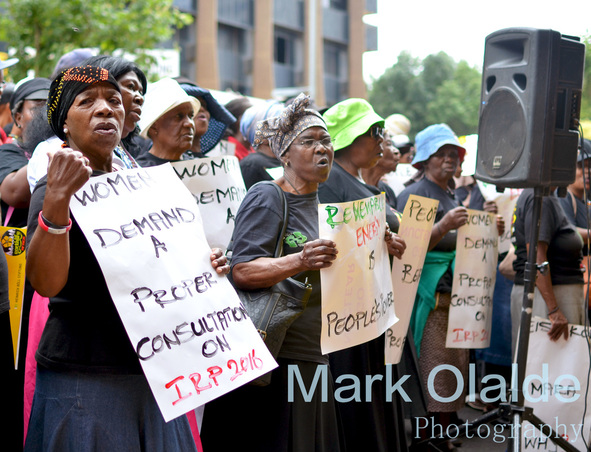
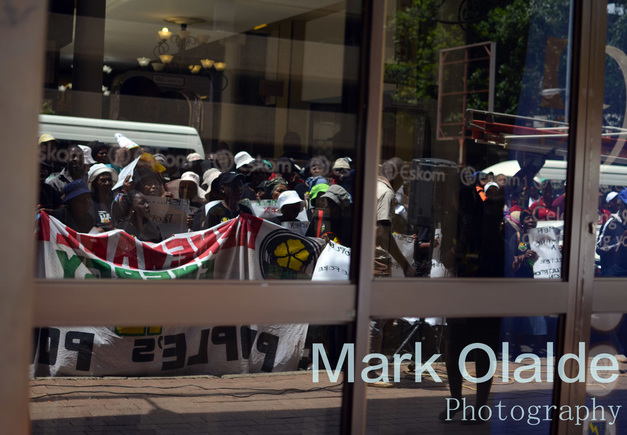
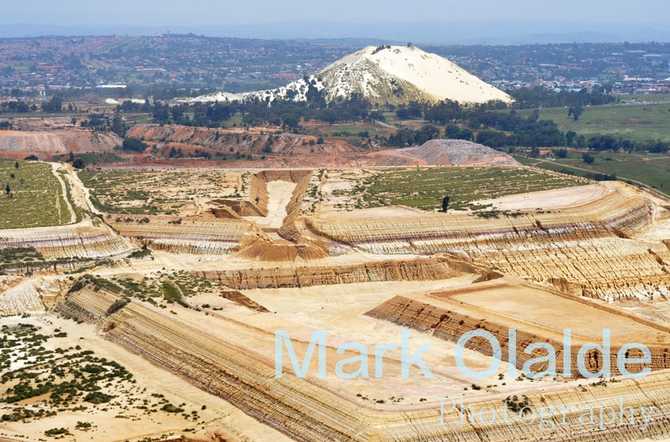
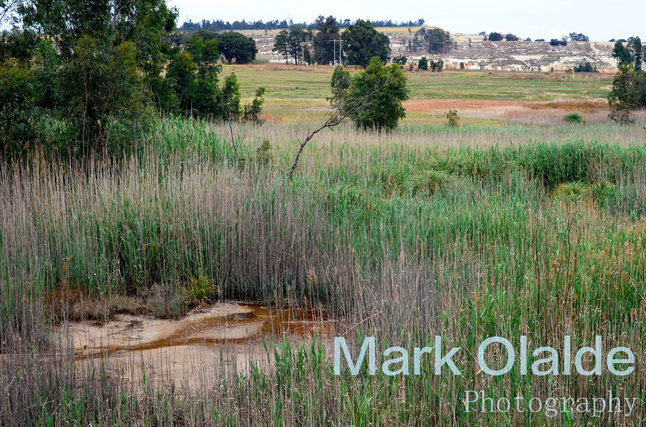

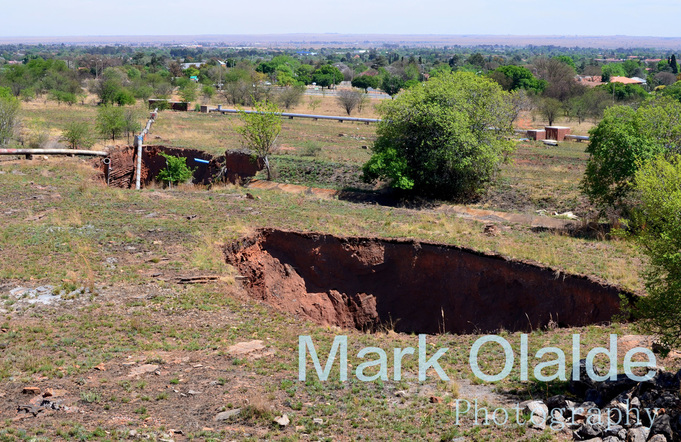
 RSS Feed
RSS Feed
